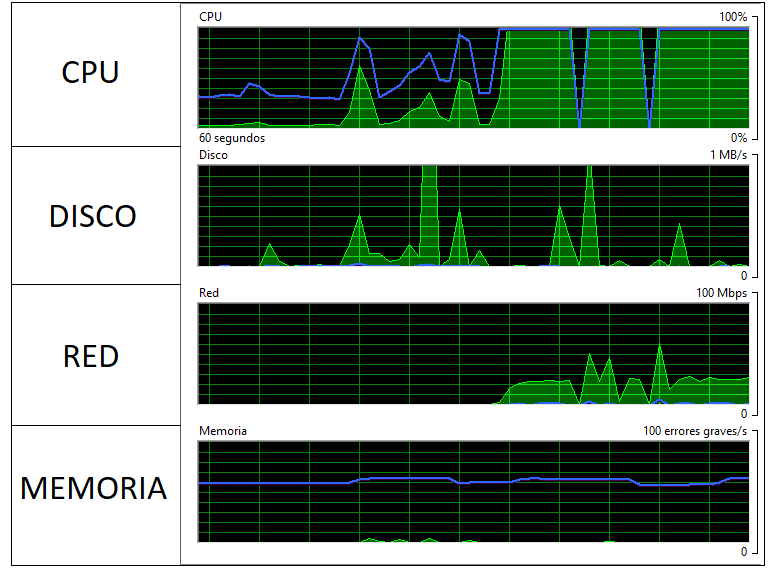Integration Architecture for Smart Campus Services and Solutions
DOI:
https://doi.org/10.17981/ingecuc.16.2.2020.21Keywords:
service oriented architecture, SOA, web service, integration architecture, enterprise service busAbstract
Introduction: The Antonio José Camacho University Institution (UNIAJC) has identified, through the Ecosystem Smart campus research project, there are complex communication problems between applications built as silos, where the redundancy of information is common and the processes they support require refinement. This problem is quite common, not only for UNIAJC, but in general for any university. The reason is that as institutions evolve, the applications that support their processes are built solely with the vision of providing a solution of a specific need, without counting on the entire context of pre-existing solutions, often due to the haste to resolve. Service-oriented architectures (SOA) aim to resolve these types of situations gradually, due to the technical difficulty of the implementations. This work focuses on exposing the definition of the integration architecture proposed by Smart Campus for UNIAJC, establishing the way in which the services will interact and taking into account the current infrastructure limitations.
Objective: To define an integration architecture that allows easy scaling and good performance of the mechanisms that communicate the applications, which cohabit at the Antonio José Camacho University institution.
Method: A brief description of the methodological design of the study. The architectural design of the solution is approached, starting from the general approach, where the needs to be solved are described using the Enterprise Service Bus (ESB) pattern and are represented by a component diagram. The information is then expanded to a detailed focus. In the latter, the type of service to be built (SOAP or REST) is selected and its architecture is exposed. Finally, using ATAM (Architecture Tradeoff Analysis Method), the effectiveness of the solution.
Results: The definition of an SOA-based application integration architecture, detailing the software architecture for building the solution's web services. This, taking into account the Institution's infrastructure and resource limitations to achieve a performance between 500 p / s to 1000 p / s (requests per second) that avoids thread problems or resource blocking
Conclusions: SOA enables solutions to communication and application integration problems, both in business and educational environments, increasing the maintainability, scalability and reuse of the systems and components developed under this architecture. On the other hand, the ATAM architecture review model facilitated the definition and evaluation of the architecture, achieving an understanding of the current environment, the identification of quality attributes, tests and expected results.
Downloads
References
T. Erl, SOA Design Patterns. BS, USA: Prentice Hall, 2009.
A. Becker, T. Widjaja & P. Buxmann, “Value Potentials and Challenges of Service-Oriented Architectures,” Bus Inf Syst Eng, vol. 3, no. 4, pp. 199–210, Aug. 2011. https://doi.org/10.1007/s12599-011-0167-3
R. S. Pressman & B. R. Maxim, Software Engineering: A Practitioner’s Approach, 8 Ed. BS, USA: McGraw-Hill, 2015.
P. Kruchten, “The 4+1 View Model of architecture,” IEEE Softw, vol. 12, no. 6, pp. 42–50, 1995. https://doi.org/10.1109/52.469759
H. Gomaa, Software Modeling and Design. Cambs, EN: Cambridge University Press, 2011.
M. Peleg & S. W. Tu, “Design patterns for clinical guidelines,” Artif Intell Med, vol. 47, no. 1, pp. 1–24, Sep. 2009. https://doi.org/10.1016/j.artmed.2009.05.004
Gartner Peer Insights. “IBM vs MuleSoft: Gartner Peer Insights 2021.” gartner.com. https://www.gartner.com/reviews/market/application-integration-platforms/compare/ibm-vs-mulesoft (accessed 2017)
I. Tounsi, M. H. Kacem, A. H. Kacem & K. Drira, “An Approach for SOA Design Patterns Composition,” presented 8th International Conference on Service-Oriented Computing and Applications, SOCA, ROM, IT, 19-21 Oct. 2015. https://doi.org/10.1109/SOCA.2015.43
E. Hewitt, Java SOA cookbook. Sebastopol, CA, USA: O’Reilly Media, Inc., 2009.
O. Zimmermann, “Architectural Decisions as Reusable Design Assets,” IEEE Softw, vol. 28, no. 1, pp. 64–69, Jan. 2011. https://doi.org/10.1109/MS.2011.3
K. Wagh & R. Thool, “A Comparative Study of SOAP Vs REST Web Services Provisioning Techniques for Mobile Host,” J Inf Eng Appl, vol. 2, no. 5, pp. 2–16, 2012. Available: https://www.iiste.org/Journals/index.php/JIEA/article/view/2063
S. Malik & D.-H. Kim, “A comparison of RESTful vs. SOAP web services in actuator networks,” presented 2017 Ninth International Conference on Ubiquitous and Future Networks, ICUFN, MI, IT, 4-7 July 2017. https://doi.org/10.1109/ICUFN.2017.7993893
S. Kumari & S. K. Rath, “Performance comparison of SOAP and REST based Web Services for Enterprise Application Integration,” presented 2015 International Conference on Advances in Computing, Communications and Informatics, ICACCI, COK, IN, 10-13 Aug. 2015. https://doi.org/10.1109/ICACCI.2015.7275851
K. Bhargavan, R. Corin, C. Fournet & A. D. Gordon, “Secure sessions for web services,” presented 2004 workshop on Secure web service, SWS ’04, FFX, VA, USA, 24 Oct. 2004. https://doi.org/10.1145/1111348.1111355
A. W. Mohamed & A. M. Zeki, “Web services SOAP optimization techniques,” presented 4th IEEE International Conference on Engineering Technologies and Applied Sciences, ICETAS, Salmabad, BHR, 29 Nov.-1 Dec. 2017. https://doi.org/10.1109/ICETAS.2017.8277881
B. Costa, P. F. Pires, F. C. Delicato & P. Merson, “Evaluating REST architectures—Approach, tooling and guidelines,” J. Syst. Softw., vol. 112, no. C, pp. 156–180, Feb. 2016. http://dx.doi.org/10.1016/j.jss.2015.09.039
Mulesoft Plataforma Anypoint. (2021), MuleSoft, LLC. SF, CA, USA. [Online . Available: https://www.mulesoft.com/platform/enterprise-integration

Published
How to Cite
Issue
Section
License
Copyright (c) 2020 INGE CUC

This work is licensed under a Creative Commons Attribution-NonCommercial-NoDerivatives 4.0 International License.
Published papers are the exclusive responsibility of their authors and do not necessary reflect the opinions of the editorial committee.
INGE CUC Journal respects the moral rights of its authors, whom must cede the editorial committee the patrimonial rights of the published material. In turn, the authors inform that the current work is unpublished and has not been previously published.
All articles are licensed under a Creative Commons Attribution-NonCommercial-NoDerivatives 4.0 International License.


 English
English
 Español (España)
Español (España)






















